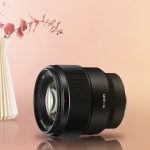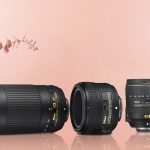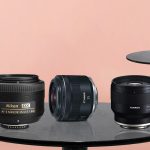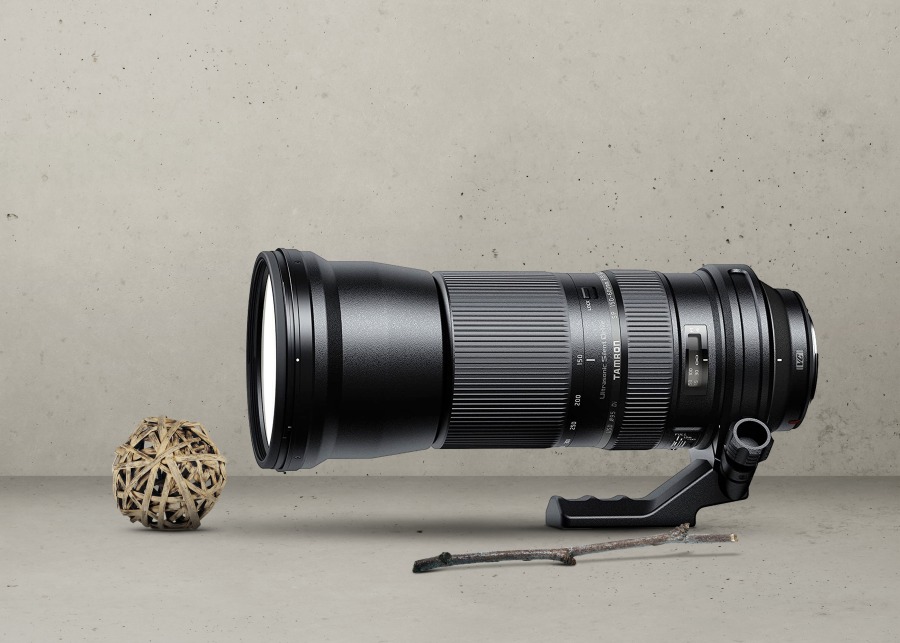
Almost everybody until now has heard and knows something regarding zoom lenses in general. Well, you have probably heard that they are the greatest when capturing pictures from a distance, and now you are searching for the best one, more exactly 150-600mm lenses.
This article will help you find some of the greatest 150-600mm lenses!
A Quick Look at My Favorite 150-600mm
| Image | Product | Features | Price |
|---|---|---|---|
The Fastest  | 10 | Check Price On Amazon | |
Most Resistant  | 8.6 | Check Price On Amazon | |
Best Runner-Up  | 8.5 | Check Price On Amazon | |
Best Overall  | 8.8 | Check Price On Amazon | |
Best in Reflective Environments  | 8.6 | Check Price On Amazon | |
Best for Stabilization  | 8.2 | Check Price On Amazon | |
Best Focusing Accuracy  | 8 | Check Price On Amazon |
Key Takeaways
- Zoom lenses are the greatest for taking images at a distance, which is why these lenses are utilized for particular reasons.
- The Tamron SP 150-600mm F/5-6.3 Di VC USD is the best zoom lens a professional photographer can buy since it features everything a zoom lens requires and even more.
- If you want the quickest zoom lens, and especially if you picture sports, the Sigma 150-600mm 5-6.3 Sports is a superb option.
- Buying a zoom lens is usually a terrific investment and worthwhile if you are a professional photographer since you will be able to produce stunning images.
The Top 4 Best 150-600mm Lenses
4. Sigma 150-600mm 5-6.3 Sports – The Fastest
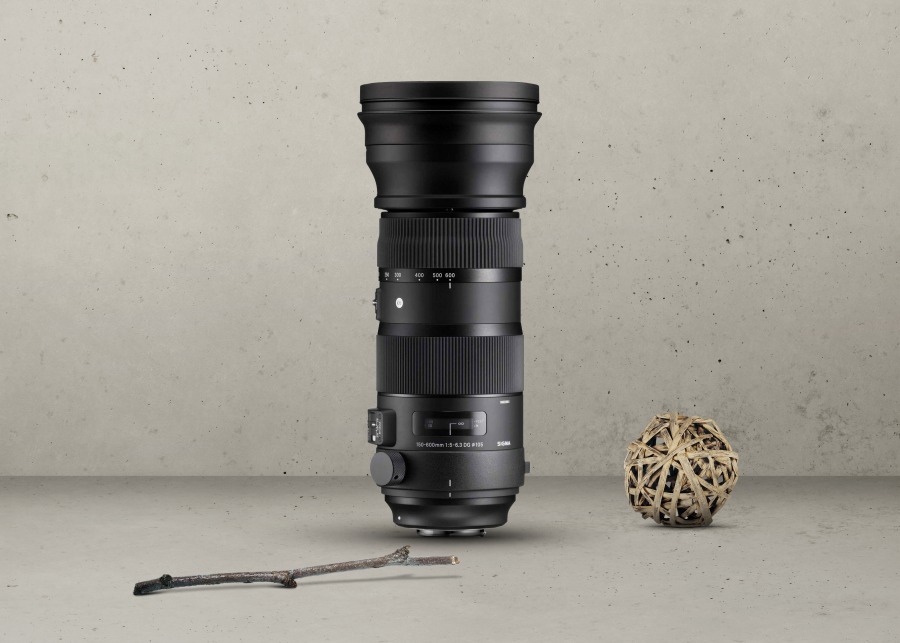
What I Like
- Well built
- Splash and dust protection
- Sharp results across the zoom range
- Amazing stabilization
- Full frame coverage for E and L mirrorless cameras
What I Don’t Like
- Small f-stop isn’t great for low light
The Sigma 150-600mm 5-6.3 Sports is an amazing sports lens that comes from Sigma, and it is brought to you via the sports series. This sports lens is a very flexible one, and it does a great job when in use.
This sports lens is resistant to dust and splash, and it owns a water and oil repellent coating. In order to reduce flare and ghosting this sports lens uses a Super Multi-Layer coating which helps you capture a scene just like it is.
There are two F Low Dispersion elements and three Special Low elements that are completely related to the optical construction and these elements fully reduce color fringing and chromatic aberrations of any kind.
What deserves to be mentioned about this sports lens is that it owns an amazing Optical Image Stabilizer that minimizes the shake so that you can capture pictures with no blur. The image stabilization of this lens is honestly surprising. Other sigma lenses i used didn’t have image stabilization as good as this one.
The focus works via the Hyper Sonic Motor AF System, and it brings very quiet and super-fast autofocus, in any situation. Overall, it’s capable of amazing image quality, and its fully worth the price.
Key Specifications
- Lens Type: Telephoto
- Image Stabilization: Yes
- Lens Mount: Canon EF
- Focal length: 150mm – 600mm
- Zoom Range: 150mm – 600mm
- Elements: 24
- Groups: 16
- Angle of view: 16.4° to 4.1°
- Diaphragm Blades: 9
- Minimum Focus Distance: 8.53′ / 2.6 m
- Maximum magnification ratio: 0.2x
- Maximum aperture: f/5 to 6.3
- Minimum aperture: f/22
- Filter size: 105mm
- Dimensions: 4.76 x 11.43 inches / 121 x 290.2 mm
- Weight: 6.29 lb / 2860 g
Why should you buy it?
A super-fast third-party lens like Sigma 150-600mm 5-6.3 will be the best to use during sports photography. With the image stabilization that it owns, you will find it extraordinary.
Sample Pictures of Sigma 150-600mm 5-6.3 Sports

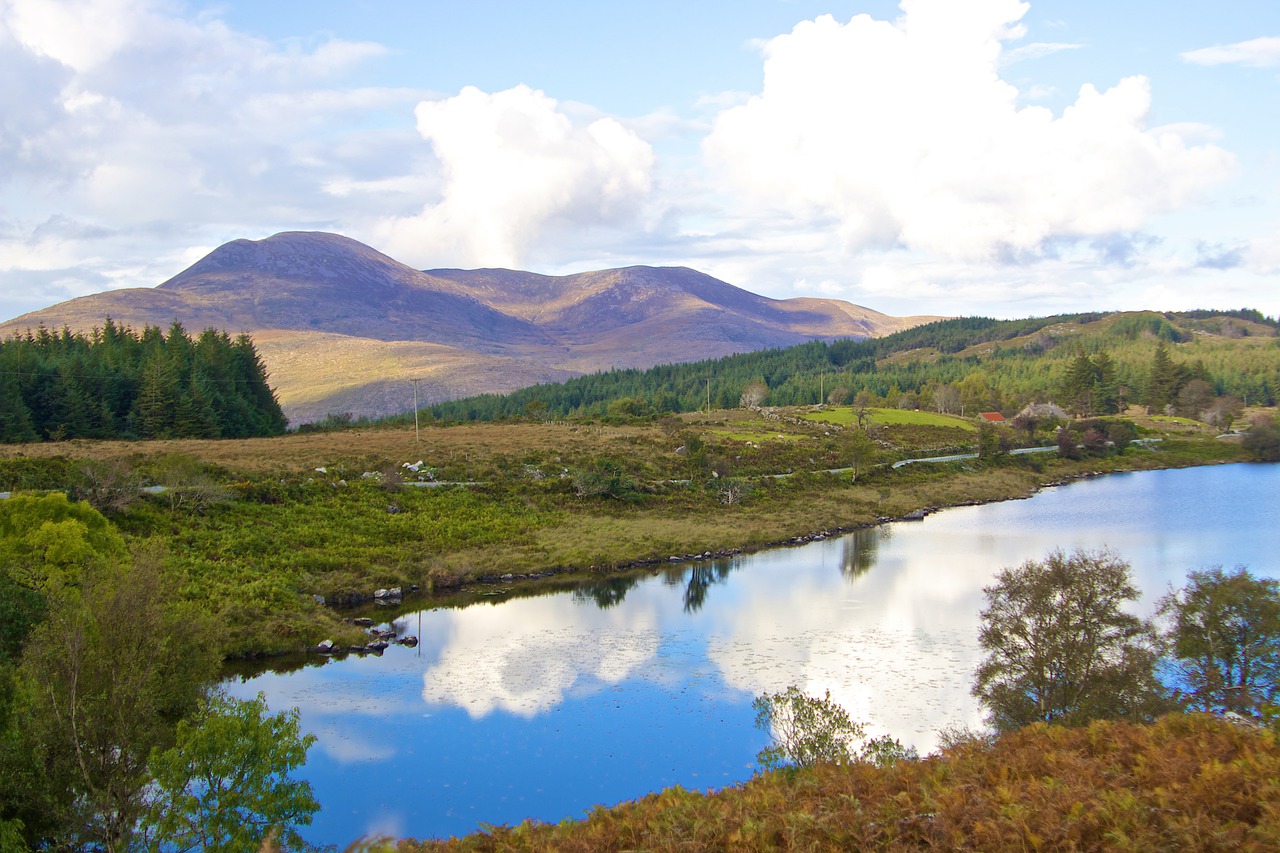

3. Sigma 150-600mm 5-6.3 Contemporary – Most Resistant
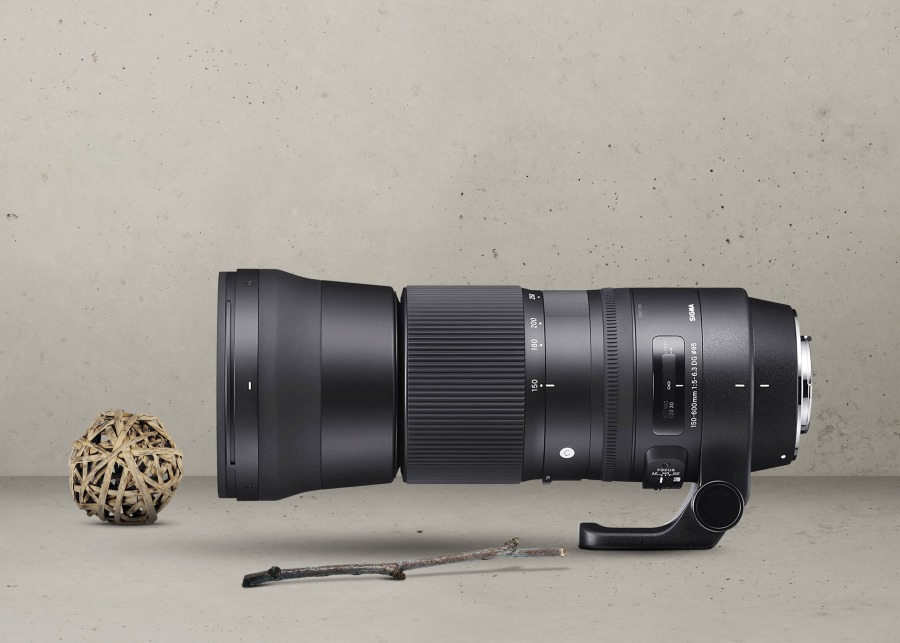
What I Like
- Affordable
- Very sharp
- Amazing telephoto reach
- Quick focus
- Zoom locking mechanism
What I Don’t Like
- Relatively narrow aperture
- Heavy
Here goes the next one, it is again a Sigma lens, but this one comes from the contemporary series, which is a very famous name in the industry of lenses. This lens is a versatile one, and it is super-compact.
Just like the lens from the sports series, this one too is dust and splash-resistant, and it is one of those lenses that can be used wherever you go. It is also resistant to any kind of temperature. We can call this lens a weather-sealed one. We also deal with the Super Multi-Layer Coating, and I guess you already know what its job is. No flare or ghosting by that!
The elements that are included in this one are one F Low Dispersion element and three Special Low Dispersion elements, just like the one mentioned above. Their job is to reduce or minimize chromatic aberrations.
Again, same as in the other one, the lens owns an Optical Image Stabilizer which helps you capture clear pictures while destroying the blur that may occur by shaking. The image stabilization technology on this lens was mind blowing.
Focusing with this lens is done easily and super precisely because it also works with the Hyper Sonic Motor.
Key Specifications
- Lens Type: Telephoto
- Lens Mount: Nikon F
- Image Stabilization: Yes
- Focal length: 150mm to 600mm
- Zoom Range: 150mm to 600mm
- Elements: 20
- Groups: 14
- Angle of view: 16.4° to 4.1°
- Diaphragm Blades: 9
- Minimum Focus Distance: 9.19 inches / 2.8 m
- Maximum magnification ratio: 0.2x
- Maximum aperture: f/5 to 6.3
- Minimum aperture: f/22
- Filter size: 95 mm
- Dimensions: 4.13 x 10.24 inches / 105 x 260.1 mm
- Weight: 4.03 lb / 1830 g
Why should you buy it?
The optical image stabilization that this lens has is perfect! You will be able to capture the sharpest and clearest pictures ever. Besides them, you can use them whenever and wherever you want as it is very durable.
Sample Pictures of Sigma 150-600mm 5-6.3 Contemporary

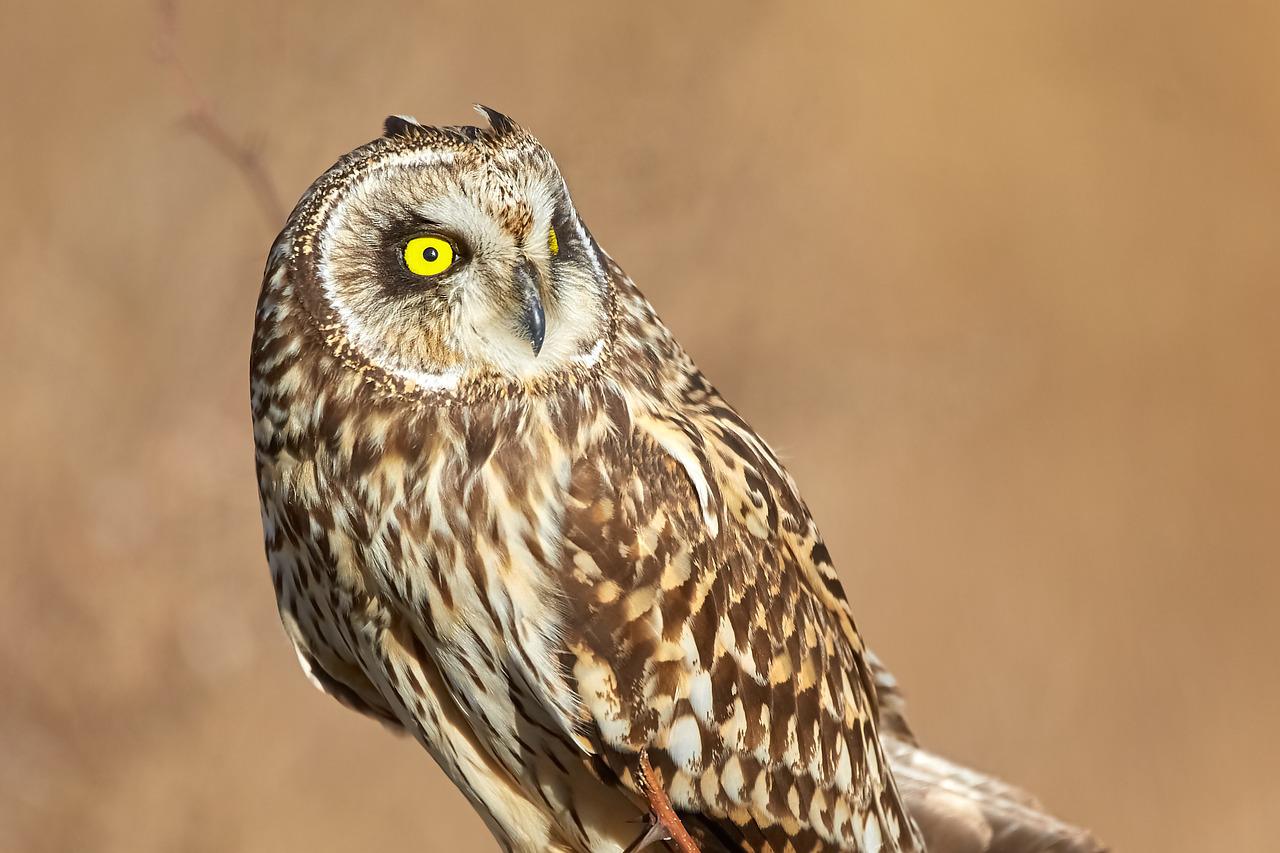

2. Tamron SP 150-600mm F/5-6.3 Di VC USD G2 – Best Runner-Up
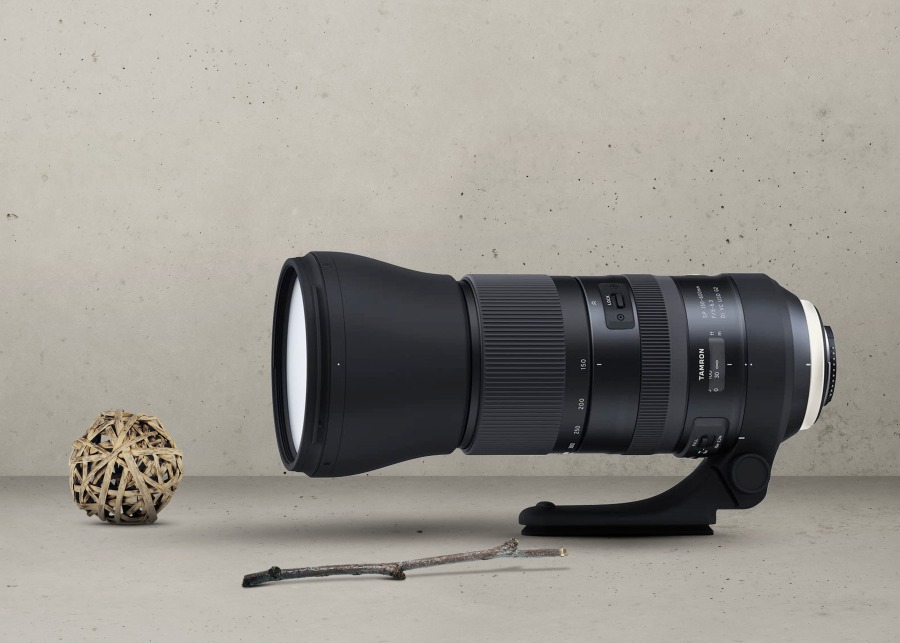
What I Like
- Amazing stabilization
- Quick autofocus
- Excellent sharpness
- Weather-sealed design
What I Don’t Like
- Weak edge performance at wide and telephoto extremes
From Sigma, I would like to move on to a Tamron lens which is definitely one of those that should be used when needing a 150-600mm focal length. This one is a very enhanced lens as it owns different things or features within.
You can use this lens wherever and whenever you want since it is one of those that can withstand almost everything! It has a super sealed moisture-resistant body, and the coatings that are added are eBand and BBAR. Both of them do a great job defeating any kind of flare or ghosting.
In this lens, you can find three Low Dispersion glass elements that fully eliminate chromatic aberrations and bring to you pictures with an immersive clarity.
This amazing Tamron lens cannot fall behind when it comes to stabilization! It uses a VC (Vibration Correction) stabilizer that just by its name, assures us that in the pictures that you will take with this lens there is no place for shake or blur. The image quality of this lens is stunning.
When it comes to the focusing part, the lens works via a ring-type USD autofocus motor which brings a super-quick autofocus in both pictures and videos.
Key Specifications
- Lens Type: Telephoto
- Lens Mount: Nikon FX
- Focal length: 150mm to 600mm
- Elements: 21
- Groups: 13
- Angle of view: 16° 25′ to 4° 8′
- Diaphragm Blades: 9
- Minimum Focus Distance: 7.22 inches / 2.2 m
- Maximum magnification ratio: 0.26x
- Maximum aperture: f/5 to 6.3
- Minimum aperture: f/32 to 40
- Filter size: 95 mm
- Dimensions: 4.27 x 10.15 inches / 108.4 x 257.7 mm
- Weight: 4.38 lb / 1990 g
Why should you buy it?
The impressive focusing you will find in Tamron SP 150-600mm F/5-6.3 will be why you wouldn’t want to change this lens ever! The lens, in general, is also fast, super precise, and portable.
Sample Pictures of Tamron SP 150-600mm F/5-6.3 Di VC USD G2



1. Tamron SP 150-600mm F/5-6.3 Di VC USD – Best Overall

What I Like
- Very strong sharpness
- Amazing stabilization
- Rotating tripod collar
- Integrated Arca-Swiss foot
- Weather-sealed design
What I Don’t Like
- Teleconverter use limits autofocus operation
As the last 150-600mm lens I’ve chosen another Tamron lens, and you will notice that it is similar to the one mentioned above, but still, it comes on its own. This one too is super versatile and does the job in the greatest way possible.
This lens owns a moisture-resistant body as well, and it is very well built. When it comes to the coatings that it uses, on this one we find again the eBAND and BBAR and they “beat” amazingly any type of flare or ghosting.
In order to reduce chromatic aberrations at long distances, this lens provides you with three Low Dispersion elements. That means that there’s clarity in the pictures that you are about to take.
Well, it may become a bit boring, but still, this lens uses the VC when it comes to stabilizing images, and by that, it is more than understood that the blur in your pictures is fully non-existent. All of this, results in a great image quality.
A quiet focus has never been quicker in any other lens. The focus is driven by the amazing USD motor, and I assure you that on this lens, the focus works in the best way possible.
Key Specifications
- Lens Type: Telephoto
- Lens Mount: Nikon F-Bayonet
- Focal length: 150mm to 600mm
- Zoom Range: 150mm to 600mm
- Elements: 20
- Groups: 13
- Angle of view: 10° 38’ to 2° 40’
- Diaphragm Blades: 9
- Minimum Focus Distance: 106.3 in / 2.7 m
- Maximum magnification ratio: 1:5
- Maximum aperture: f/5-6.3
- Minimum aperture: f/32 to 40
- Filter size: 95mm
- Dimensions: 4.16 x 10.15 inches / 257.8 x 105.6 mm
- Weight: 4.3 lbs / 1.95 Kg
Why should you buy it?
This is the best third-party lens with a focal range of 150-600mm. It is powerful enough to be used whenever and however you want. It is the perfect choice for any kind of photography!
Sample Pictures of Tamron SP 150-600mm F/5-6.3 Di VC USD

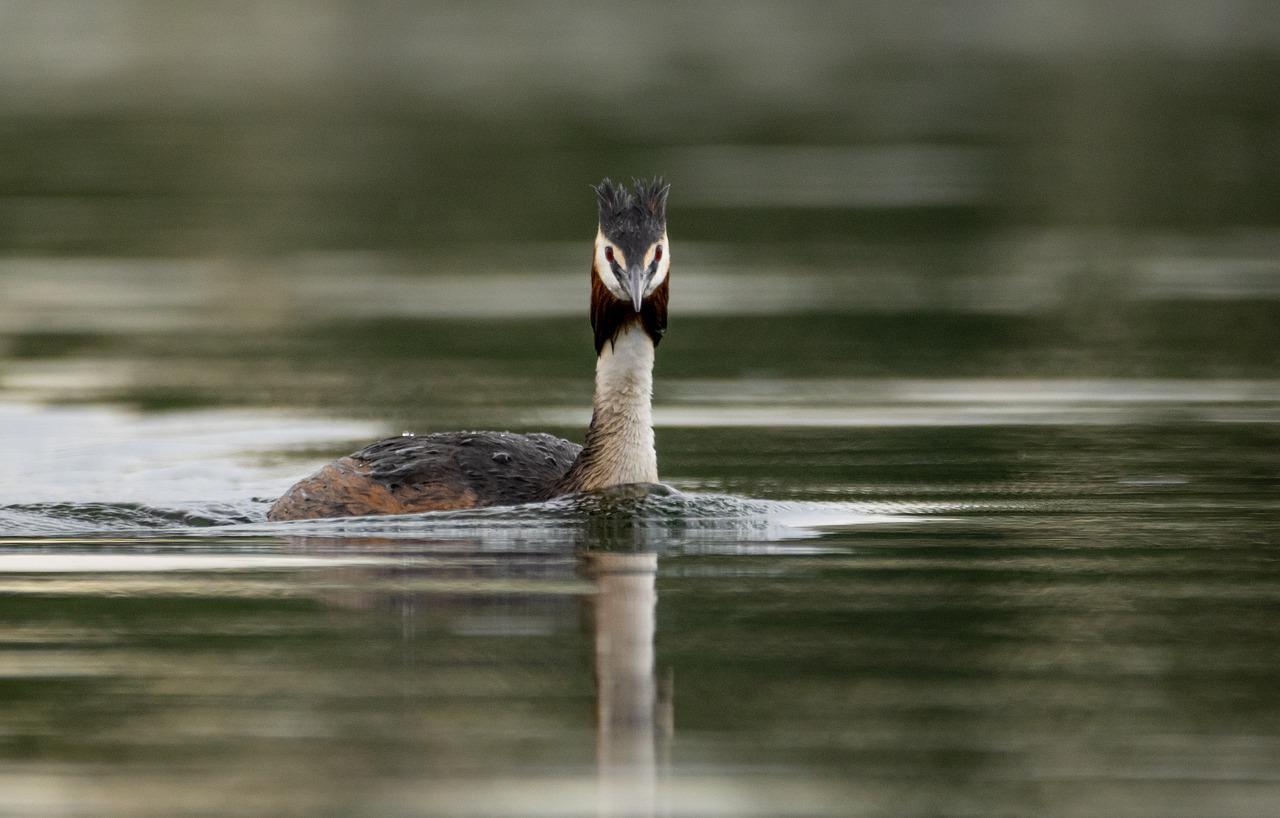

Possible Course of Action – Alternatives
The 150-600mm lenses, as you can notice, come from Sigma and Tamron, but still, hence the title, there are some others that are what can be considered great ones as well, and I’ve included Sony, Canon, and Nikon.
Why alternatives? Well, you will definitely be able to understand and find an answer to this question alone. Anyways, what I would like to mention is that there are some similarities in the focal lengths, but still, they are not exactly 150-600mm lenses.
Let’s find out more about them!
1. Sony FE 200-600mm F5.6-6.3 G OSS – Best in Reflective Environments
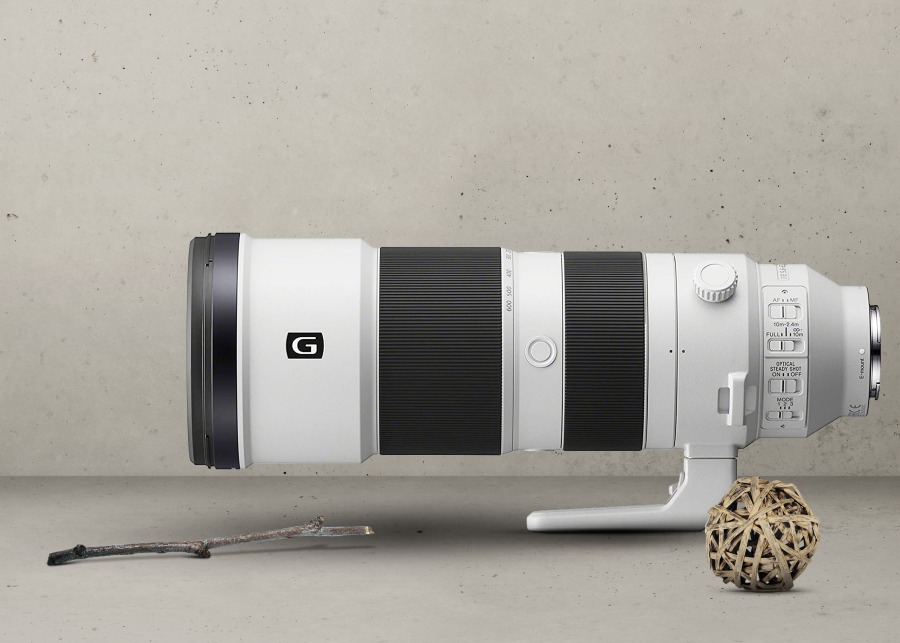
What I Like
- Very fast focus
- Long telephoto reach
- Dust and splash resistance
What I Don’t Like
- Narrow maximum aperture
If you own a Sony camera, there is no better thing than using a lens that comes from the Sony brand and achieves greatly a focal length of 200-600mm. Here it is, the Sony FE 200-600mm F5.6-6.3 G OSS.
This lens has a fully weather-sealed construction, and it works great in any type of weather condition. On the lens is included the famous Nano AR coating that reduces flare, ghosting, and any reflection that may occur while you are taking pictures.
There are also five ED elements and one aspherical element, and these two types of elements deal with color fringing and color fidelity.
The stabilizer that we find on this lens is the amazing and the most famous Optical SteadyShot, and it is the most perfect one that you can ever find! Every picture that is taken while the stabilizer is in use will be sharper than you can ever think of! The result of all that, is a perfect image quality.
In order to focus, it works with the Direct Drive Super Sonic wave motor, and the autofocusing part is very quick, precise, and very quiet.
Key Specifications
- Lens Type: Telephoto
- Lens Mount: Sony FE
- Focal length: 200mm to 600mm
- Zoom Range: 200mm to 600mm
- Elements: 24
- Groups: 17
- Angle of view: 12° 30′ to 4° 10′
- Diaphragm Blades: 11
- Minimum Focus Distance: 7.87 inches / 2.4 m
- Maximum magnification ratio:
- Maximum aperture: f/5.6 to 6.3
- Minimum aperture: f/32 to 36
- Filter size: 95 mm
- Dimensions: 4.39 x 12.52 inches / 111.5 x 318 mm
- Weight: 4.65 lb / 2115 g
Why should you buy it?
Sony FE 200-600mm F5.6-6.3 is the alternative lens that will cover better the focal range of 150-600mm. It is one of the greatest to use, especially if you own a Sony camera.
Sample Pictures of Sony FE 200-600mm F5.6-6.3 G OSS


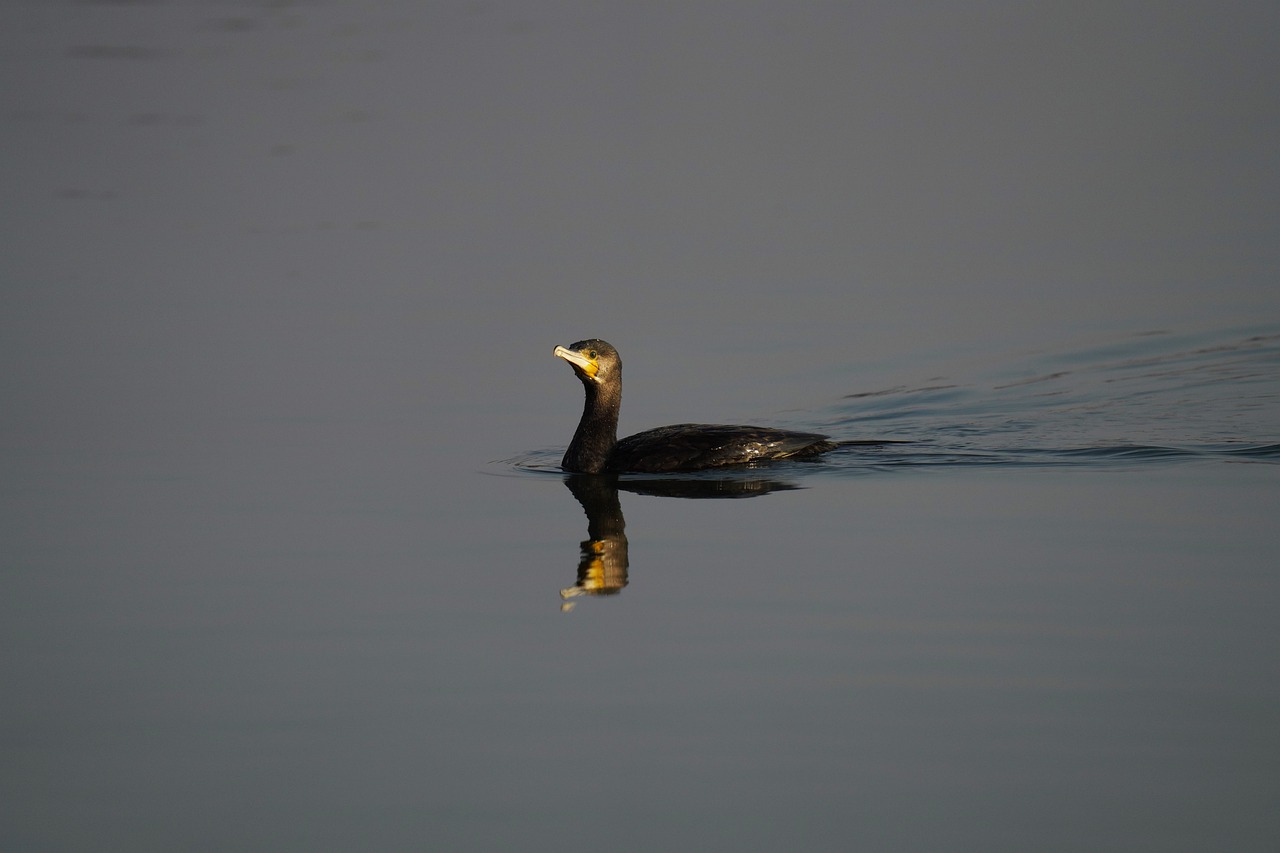
2. Canon RF 100-500mm F4.5-7.1 L IS USM – Best Image Stabilization
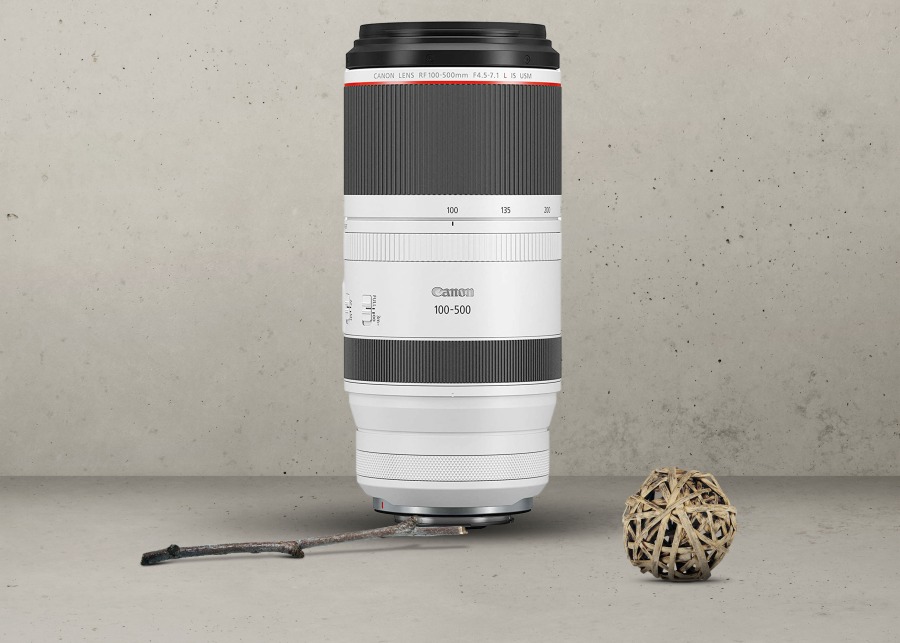
What I Like
- Adjustable zoom tension
- Sharp telephoto optics
- 1:3 macro focus
- Lightweight
What I Don’t Like
- Pricey
I am moving on to a Canon lens, for all the Canon users and lovers worldwide! Here goes the special Canon RF 100-500mm F4.5-7.1 L IS USM. It is one of the greatest lenses that deserves to be used with a Canon camera.
This lens is also one of those that are fully resistant to dust and moisture, and it can withstand and perform great in any type of weather condition. It uses an amazing Fluorine coating which is added to protect the lens anytime.
The lens has six Ultra-Low Dispersion elements and one Super UD element, and when combined, the elements minimize chromatic aberrations and bring pictures with amazing color accuracy.
The stabilization of your pictures is in good hands! This lens uses an Optical Image Stabilizer, and most importantly, it has three different modes: single-shot mode, panning-optimized mode, and one during exposure.
The focus is driven by the Dual Nano USM system, and it is accurate in any type of photography. Besides being accurate it is also very fast.
Key Specifications
- Lens Type: Telephoto
- Image Stabilization: Yes
- Lens Mount: Canon RF
- Focal length: 100mm to 500mm
- Zoom Range: 100mm to 500mm
- Elements: 20
- Groups: 14
- Angle of view: 24° to 5°
- Diaphragm Blades: 9
- Minimum Focus Distance:
- Maximum magnification ratio:
- Maximum aperture: f/4.5 to 7.1
- Minimum aperture: f/32 to 54
- Filter size: 77mm
- Dimensions: 3.69 x 8.17″ / 93.8 x 207.6 mm
- Weight: 3 lb / 1365 g
Why should you buy it?
If you are a canon fan and need a zoom lens, this one is the one to choose and use. It will bring the best out of everything that you may want to capture a picture of.
Sample Pictures of Canon RF 100-500mm F4.5-7.1 L IS USM
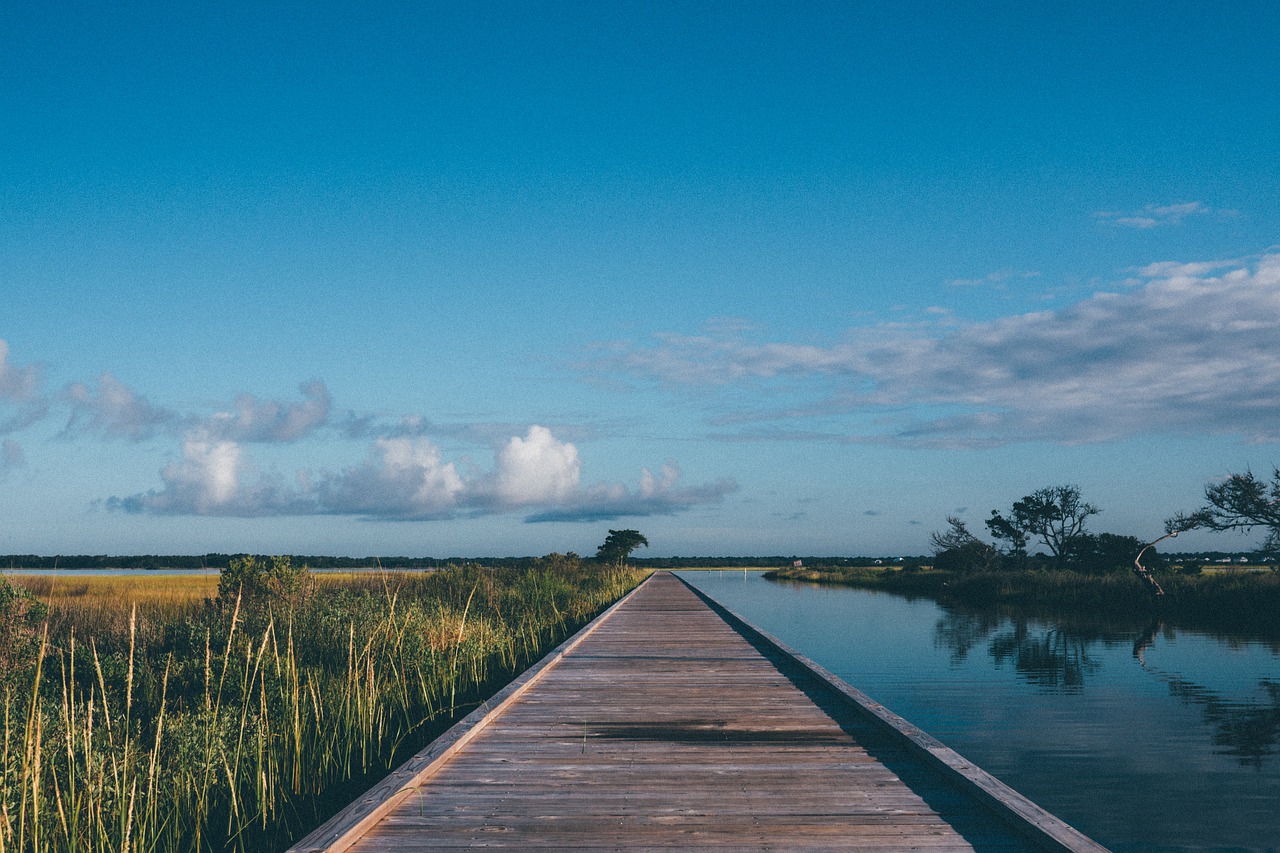


3. Nikon AF-S FX NIKKOR 200-500mm f/5.6E ED – Best Focusing Accuracy
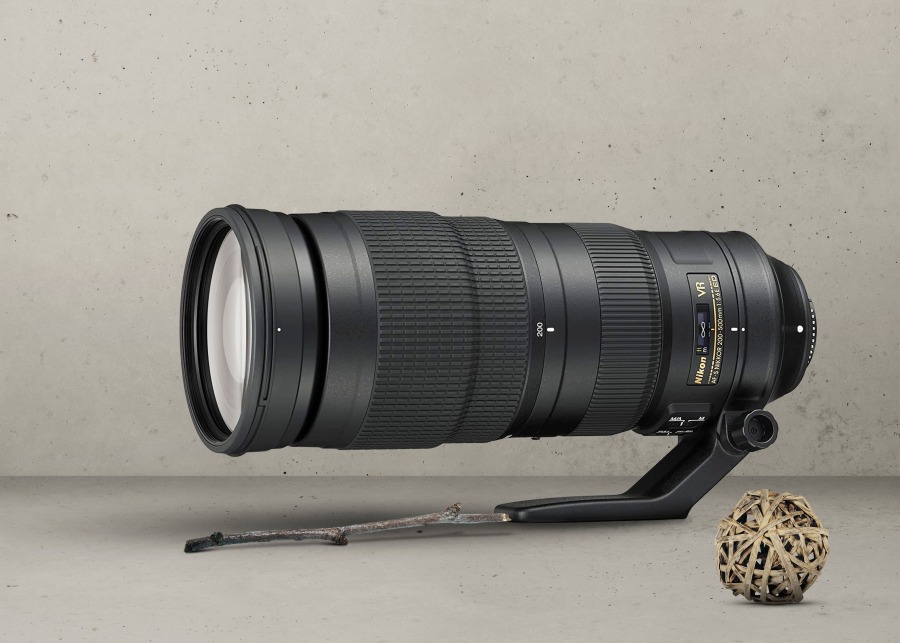
What I Like
- Long telephoto reach
- Optical stabilization
- Sharp optics
What I Don’t Like
- Edges soft at 200mm
The last lens that deserves t be mentioned in this article is the Nikon AF-S FX NIKKOR 200-500mm f/5.6E ED VR, which is a great one, and it works perfectly with any type of Nikon camera that has an FX mount.
Differing from all the lenses that I mentioned above, this Nikon one is not super resistant, but still, when it comes to reflections, flare, and ghosting, it does a perfect job since it uses Nikon’s famous Super Integrated coating.
The elements that Nikon added to this lens are three Extra-Low Dispersion, and they work amazingly when chromatic aberration may occur.
You may have heard about the Vibration Reduction in Nikon lenses and this lens uses it in the most perfect way possible. It indeed does a great job in any lighting condition, that you may find yourself in.
There is the Silent Wave Motor which drives the focus on this lens, and just as the name suggests, it is definitely one of the quietest. The focus is also very fast and very accurate at the same time.
Key Specifications
- Lens Type: Telephoto
- Lens Mount: Nikon F
- Focal length: 200mm to 500mm
- Elements: 19
- Groups: 12
- Angle of view: 12° 20′ to 5°
- Diaphragm Blades: 9
- Minimum Focus Distance: 7.22 inches / 2.2 m
- Maximum magnification ratio:
- Maximum aperture: f/5.6
- Minimum aperture: f/32
- Filter size: 95 mm
- Dimensions: 4.25 x 10.53 inches / 108 x 267.5 mm
- Weight: 5.07 lb / 2.3 kg
Why should you buy it?
Most of the time, great focusing makes a lens great, and this Nikonnative lens is one of them. If you have struggled with other zoom lenses with the focus, you won’t encounter any problem here.
Sample Pictures of Nikon AF-S FX NIKKOR 200-500mm
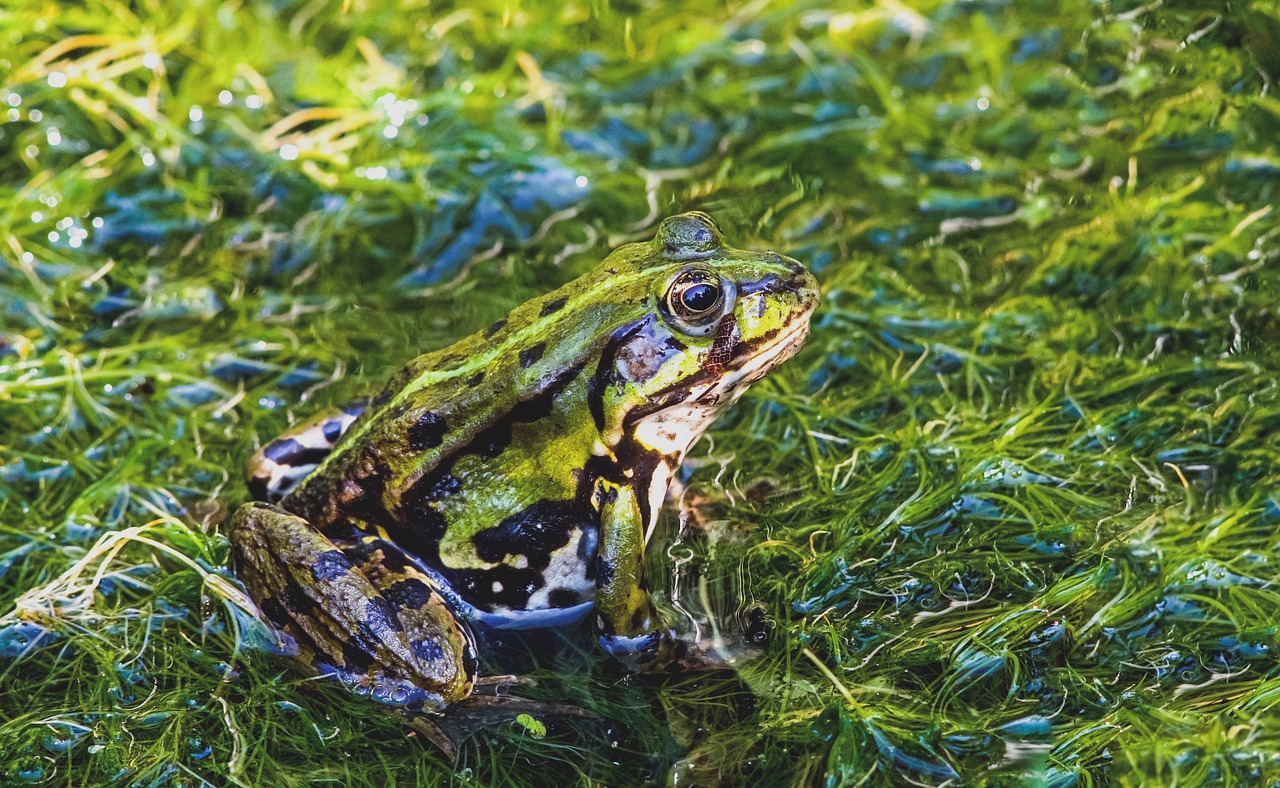


When to Use a 150-600mm Lens?
- Wildlife Photography
- Sports Photography
- Bird Photography
- Aircraft Photography
- Close-Up at Long Distance
Advice for Beginner Photographers on Using 150-600mm Lenses
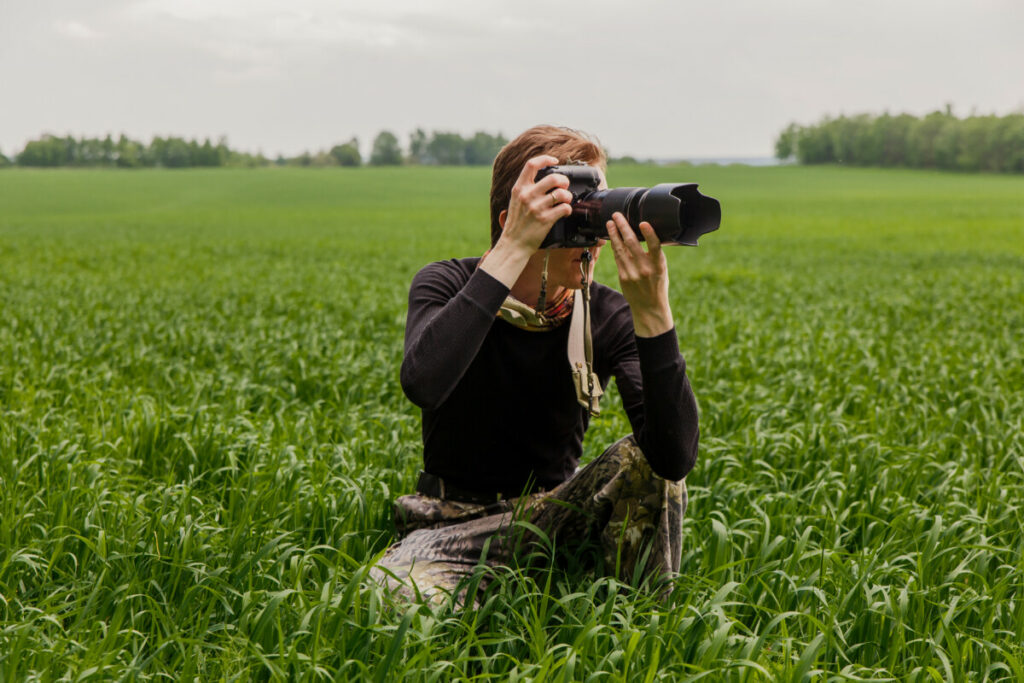
After mentioning the types of photography above, let me share some important things and the ways in which you if you are a beginner photographer, can use these lenses properly. You can use it in the following ways, in particular:
In order to get close-up photographs of subjects that are too far away to be photographed with a lower focal length lens you may enlarge distant objects like far-off wildlife or athletes.
In sports photography, due to the lens’s long focal length, it is perfect for capturing scenes of quick-moving action, such as a runner crossing the finish line or a basketball player jumping for a dunk. You can use it to stop time in motion and take clear pictures.
When it comes to wildlife photography, photographing animals in their natural environments, such as lions on the safari or whales in the ocean, is made easy with this lens. The large focal length enables you to close in on the subject and photograph particulars like some specific details.
In landscape photography, this lens can be used to focus on particular landscape features, like a distant mountain or a waterfall. This makes it posible for you to fully capture the landscape’s beauty.
The lens’s small depth of field also makes it possible to take portraits in which the subject stands out from the background. This is a fantastic method for making the subject the center of the photograph.
It’s important to remember that using a tripod or other stabilizing equipment is required when using a lens with a long focal length to reduce camera shake. Furthermore, so because shutter speed and aperture settings can affect the image and cause blur, it’s important to be aware of them.
Maintaining Lenses with 150-600mm Focal Length
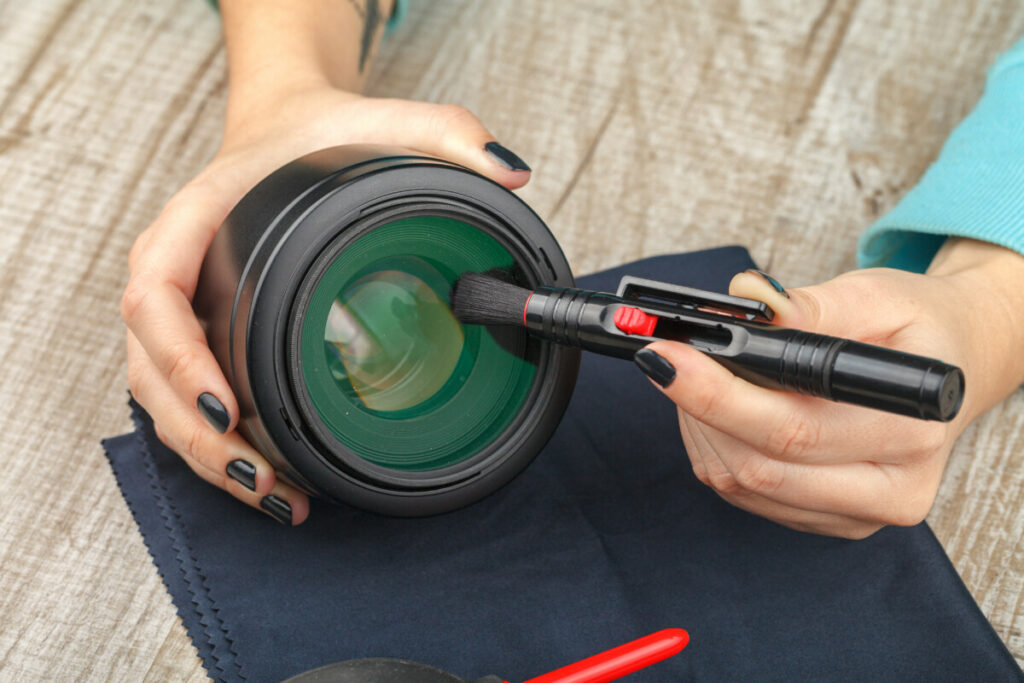
Another piece of advice for beginners that want to start using 150-600mm lenses, and other lenses in general, is the proper way of maintenance!
Maintaining your lenses is necesary to make sure that they continue to function properly and deliver high-quality photographs. Here are some suggestions for lens maintenance for a beginning photographer:
Cleaning: Keeping your lenses clean is the most important bit you can do to maintain them. The image quality can be affected by dust, dirt, and fingerprints, thus it’s critical to frequently clean your lenses. To gently wipe the lens surface, use a soft, clean microfiber cloth or lens cleaning solution. Avoid using normal cloths or paper products since they can scratch the lens.
Protecting: Use a lens hood or cap to protect your lens from dust, scratches, and other foreign objects. Additionally, this will reduce lens flare and enhance image quality. Put your lenses in a cushioned case while not in use to protect them from harm.
Checking for Damage: Regularly check for signs of damage on your lenses, such as scratches or cracks. In order to stop additional damage, it’s crucial to have any damage fixed as soon as you can.
Calibrating: Your lens may need to be calibrated if you discover that your photographs are not as sharp as they should be. Professionals or, in some situations, tools for lens calibration can perform this.
Proper Use: Use your lens properly by avoiding using it in conditions of high humidity or high temperature as these conditions can generate condensation on the lens, which can harm its internal components. Also, take care when putting on or taking off lenses because this is when they are most likely to be damaged.
By following such sugestions, you can make sure that your lenses continue to be in excellent shape and deliver high-quality pictures. Make sure to include these procedures in your photographic routine because maintaining a proper lens is a continuous effort.
Things to Consider When Purchasing a 150-600mm Lens – Buyer’s Guide
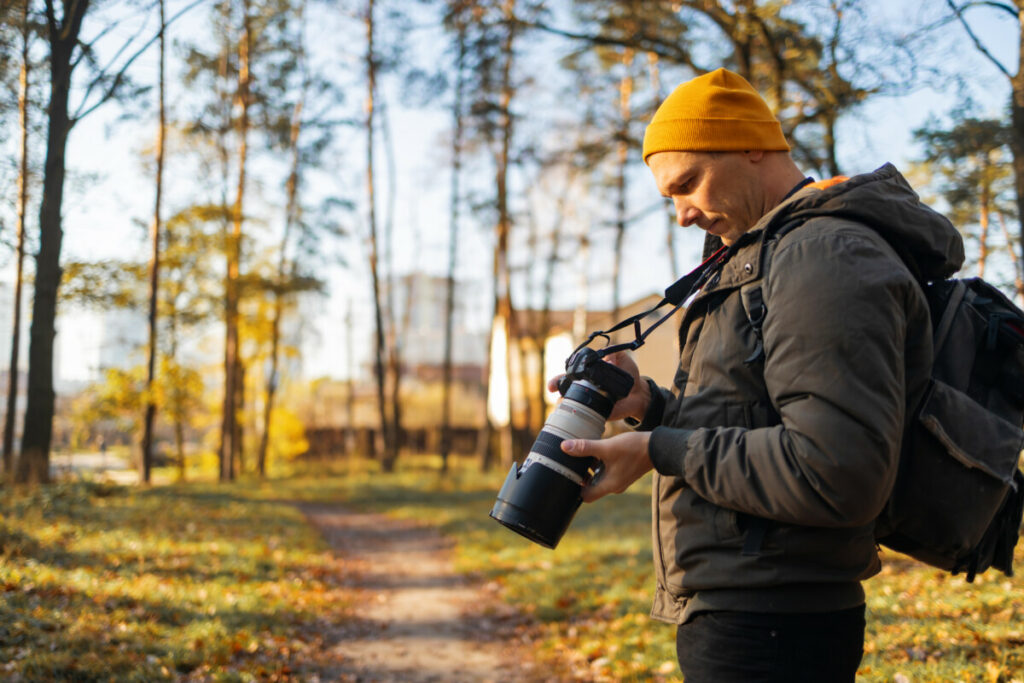
When looking for a 150-600mm lens for your camera there are a few key factors to take into account.
Compatibility
Compatibility is the first thing you should consider. Make sure the lens you are considering is compatible with the kind of camera you own. You will require a lens made for full-frame cameras, for instance, if you have a full-frame camera.
Aperture
The aperture is another crucial consideration and the aperture is the opening in the lens where light enters.
More light will enter the lens and produces a shallow depth of focus if the lens has a wide aperture (low f-stop number), therefore, this is necessary to get clear pictures and blur the background. When shooting in dim light, a wide aperture is very important.
Image Stabilization
Image stabilization is a different aspect that is important to take into account as with longer focal lengths like 150-600mm, this feature helpss to lessen camera shake and delivers crisper photographs.
Build Quality
Another important factor to think about when choosing a lens is the build quality as you should choose a lens that is sturdy and well-made. A lens with good construction will last longer and perform better under different shooting conditions.
Price Range
The cost should be taken into account when choosing a 150-600mm lens, and because these lenses might be pricey, think about your budget and your spending limit. Find a lens with the qualities you require at a price you can afford.
Brand and Reputation
Finally, it’s critical to search for a reliabble company with a solid reputation for creating high-quality lenses. To gain a better understanding of the caliber and functionality of various lenses, it is worthwhile to conduct research and read reviews from other photographers.
After all, you should always remember that the iddeal lens for you will rely on your unique requirements and the intended application of the lens.
Frequently Asked Questions
What is a 150-600mm lens?
150-600mm lenses are known as the greatest zoom telephoto lenses that one can use. The wide range of focal lengths makes them usable in any kind of photography. They are a little bit big, but still, their size doesn’t stop them from being super-versatile.
What is the magnification ratio on a 150-600mm lens?
Most 150-600mm lenses have a magnification ratio of 0.34x (1:2.9), making the lenses super versatile in close-up photography and an impressive zoom capability.
Are 150-600mm third-party lenses good to use?
Native 150-600mm lenses are amazing, but the third-party lenses are perfect as well. You can easily use any third-party lens with a focal length of 150-600mm, as they are indeed the best working lenses for this range. Different Sigma 150-600mm lenses work impressively!
Final Words
So, here they are! The best 150-600mm lenses! The lenses that I mentioned are used by many photographers all around the world and they do a great job! Definitely better than you can think of.
If you decide to go with a 600mm lens, you should get a tripod for 600mm lenses. Since these are heavier than normal lenses, you should get one that can carry large lenses.
Even though the three last ones don’t especially own the 150-600mm focal length, based on the focal lengths, they are pretty similar and they do a good job too!
I really hope that this article will help you find and purchase the best lens for your needs.
Note: Not all lenses fit all cameras, so if you own a specific camera you should look for a lens that is compatible with it. On Cameragurus, you can find lenses for almost any camera. For example, if you own a Sony A7C, you can take a look at our Sony A7C Lens reviews. Or if you own a Canon 80D, you can take a look at our Canon 80D Lens reviews.
Further Reading
If you’ve enjoyed what you’ve read thus far, I strongly encourage you to do some further reading.
If you intend to build a collection of prime lenses with varying focal lengths, I have some good news for you. I also covered several other blogs, which feature the focal lengths you’ll need to hone and satisfy your photography skills.
If you don’t want to make a lot of changes but instead want a lens that is used most commonly by fellow photographers, I would gladly like to say that the are some great 50mm lenses that you can use because they are the most amazing nifty-fifty lenses which are basically known as the ones that are the closest lenses to the human eye.
You may know that the 85mm focal length outperforms in the category of portraitures. So, if you’re a portrait photographer, don’t hesitate to check out some amazing 85mm lenses.
So you shoot landscapes every now and then? Nice one, we all love the beauty of mother nature. For that, I’ve included some excellent 35mm lenses that you should not overlook. Pair that with the best camera for nature photography and you’re good to go.
If you’re planning on getting personal and close to wildlife, that’s not a good idea. The same goes with sports, before you know the security will be right behind you.
Don’t worry though, I have a solution for that, and that’s none other than getting a telephoto lens.
Until next time, enjoy!

Photographer & Writer
I specialize in landscape, street and portrait photography and I have been featured in various galleries and publications. I believe that photography is a way to tell stories!
